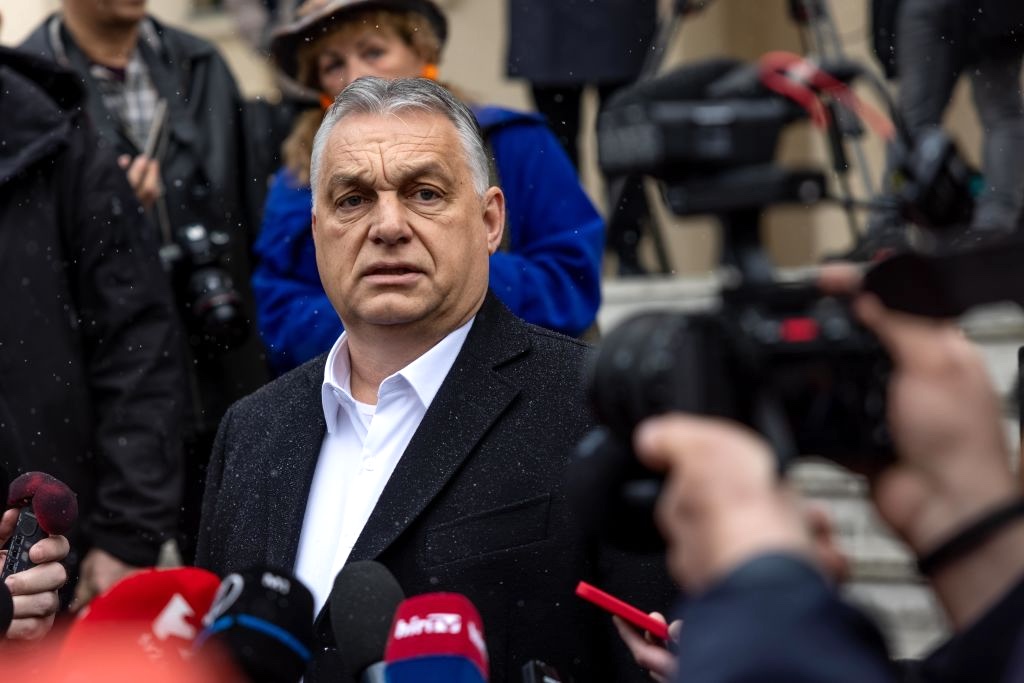Viktor Orbán had big ambitions for this June’s elections to the European Parliament. Running on a slogan of “no migration, no gender, no war,” the Hungarian premier called on his supporters to “Occupy Brussels.” Posters around the country depicted domestic opposition figures as European Commission (EU) chief Ursula von der Leyen’s personal lackeys, bringing countless ills to Hungary.
The campaign unfolded against a backdrop of domestic scandals (including one that led to the resignation of the president, a close Orbán ally, in February) and lackluster economic performance (Hungary has basically been in recession for years). But Orbán’s Fidesz party still turned out its base and leveraged its institutional and media advantage to garner 44 percent of the vote. Following this campaign — and years of acrimony between Budapest and Brussels — it was no surprise that Hungary’s assumption of the rotating presidency of the EU Council in July started in turbulent fashion.
Orbán’s first steps in this role highlighted the bloc’s contradictions. He adopted the Trumpian “MEGA” (“Make Europe Great Again”) as his slogan for the EU Council presidency, brokered the formation of a new far-right faction in the European Parliament, and made unannounced trips to both Moscow and Beijing. Much of the political and media class from center-right to center-left was incensed.
This selective outrage was based on a reassuring narrative: Orbán as an anomaly within the EU. But if we look beyond the highly publicized clashes between Orbán and the European Commission over questions like the rule of law, the rights of sexual minorities, freedom of speech or Ukraine, a more complex image emerges.
The 1992 Maastricht Treaty establishing the…
La suite est à lire sur: jacobin.com
Auteur: Áron Rossman-Kiss

